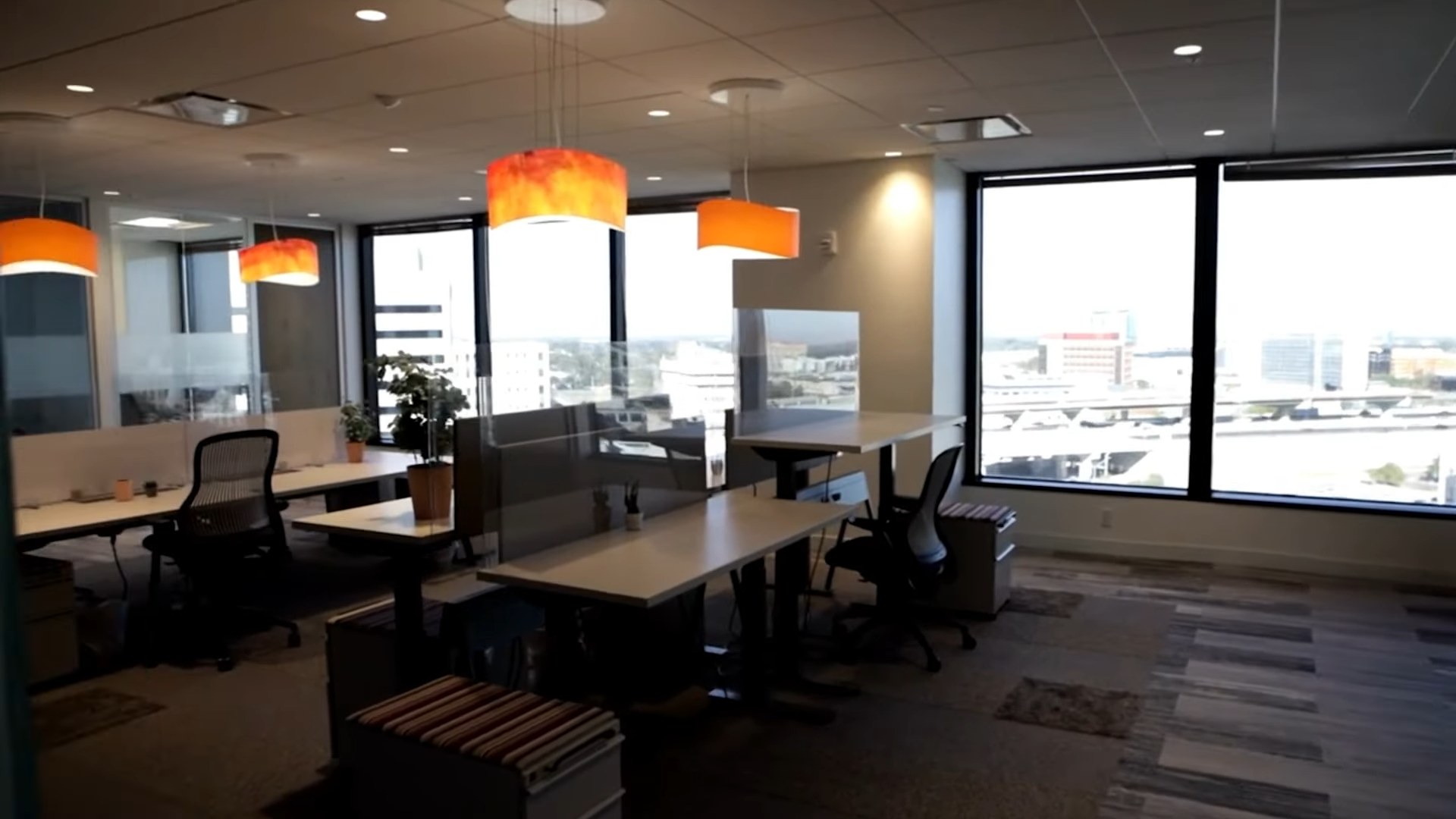MY REAL ESTATE PREDICTIONS
for Q4 2023 and Beyond

Introduction
Hey there, fellow real estate enthusiasts! It’s Shannon, your friendly neighborhood podcast writer, here to share my predictions for the upcoming months in the ever-changing world of real estate. From residential to commercial sectors, there are some interesting trends and shifts that we need to keep an
eye on.
Watch the Video
Residential Sector Predictions
Let’s start with the residential sector. As we move into the fourth quarter of 2023 and beyond, it’s safe to say that we’ll continue to see an increase in prices for single-family homes.

However, the spike won’t be as dramatic for larger, million-dollar properties. The real hotspots lie in the more affordable range, particularly three-bedroom, two-bath, and four-bedroom, three-bath homes priced at $600,000 and below. The supply constraint in this segment is creating a demand that’s driving multiple offer situations. Despite rising interest rates, the need for homes remains constant. With over 4 million new single housing units in America, the market is hungry for these much-needed properties.
Commercial Sector Predictions
Now, let’s shift our attention to the commercial sector. Industrial buildings, multifamily properties, office spaces, and even mini storage units fall under this category.
While prices in the commercial sector are softening overall, there is still a fierce demand for these assets. However, we shouldn’t expect to see million-dollar non refundable earnest monies making a comeback anytime soon. In terms of the market behavior, it’s starting to resemble what I would consider normal; a deal hits the market, buyers and investors show interest, negotiations ensue, and eventually, the property is under contract and moves towards a closing. We’re seeing prices settling in around the $1,000 mark.
State of Office Spaces
Office spaces, on the other hand, are facing some challenges, with banks stepping away from the sector and vacancies rising in certain markets.

Needs For Looking At Asset Class
As technology continues to disrupt various industries, real estate is no exception. We’re witnessing emerging trends that integrate technology into the sector. Just like the introduction of Zillow’s AI-driven house valuation several years ago, we’re now seeing startups implementing technology to run traditional real estate businesses online. These advancements are changing the landscape and adding a fresh layer of predictability to the market.
Factors of Market Volatility

Now, let me address a couple of concerns that have been circulating among real estate enthusiasts. First off, the upcoming election and the war in Ukraine. While both undoubtedly have an impact, we need to remember that we’ve been through numerous conflicts throughout history and have always managed to adapt and move forward. Although they may cause distractions and uncertainty, their direct impact on the local real estate market in the United States may not be as significant as some anticipate.
Job Markets and Consumer Spending
Another aspect to consider is job markets and consumer spending. Contrary to recession predictions, the job market continues to thrive, with robust consumer spending reaching all-time highs. You only need to visit your local Chili’s on a Friday night to witness the bustling activity. However, the higher interest rates are affecting how people allocate their spending. This has led to a slowdown in areas such as housing and automobile purchases. Nevertheless, pent-up demand is still pushing these markets, albeit at a slightly slower pace.
In the rental market, we’re observing a decline in frequent moves as COVID-related restrictions ease. However, this doesn’t mean people aren’t exploring new areas.

There’s been a wave of rental properties coming online in response to increased demand. Developers are racing to stabilize their assets and transition from construction financing to permanent financing before rates continue to rise. They are enticing tenants with attractive concessions to ensure occupancy rates surpass those of competitors in the market. Additionally, we’re witnessing a growing interest in international investments as alternative options to the US market. Investors are exploring other regions that offer competitive returns while the US market seems to be heading sideways.
Conclusion
These are just a few of my insights and predictions for the real estate market in the upcoming months. As always, it’s important to stay informed and adapt to the changes. Remember, the real estate market is constantly evolving, and being prepared and flexible are key to navigating through its ebbs and flows.
I would love to hear your thoughts on these predictions and any other insights you might have. Until next time, happy real estate investing!
